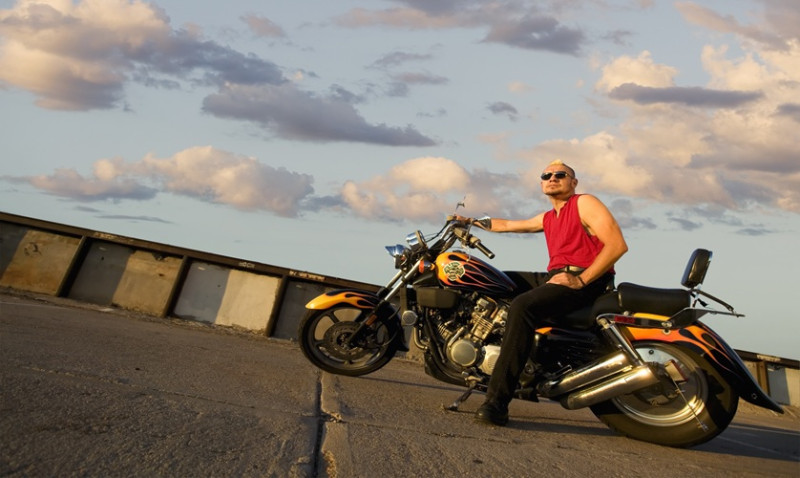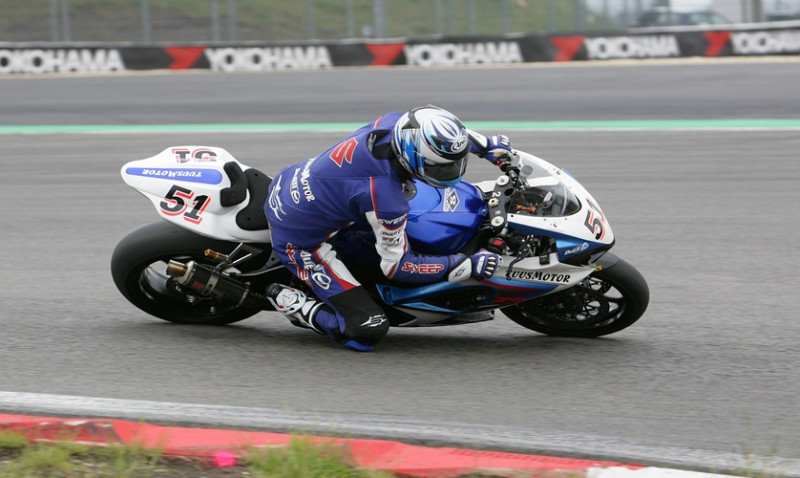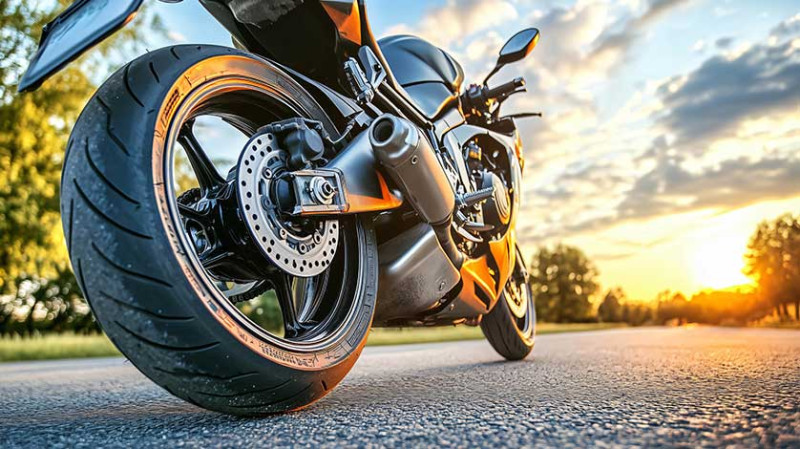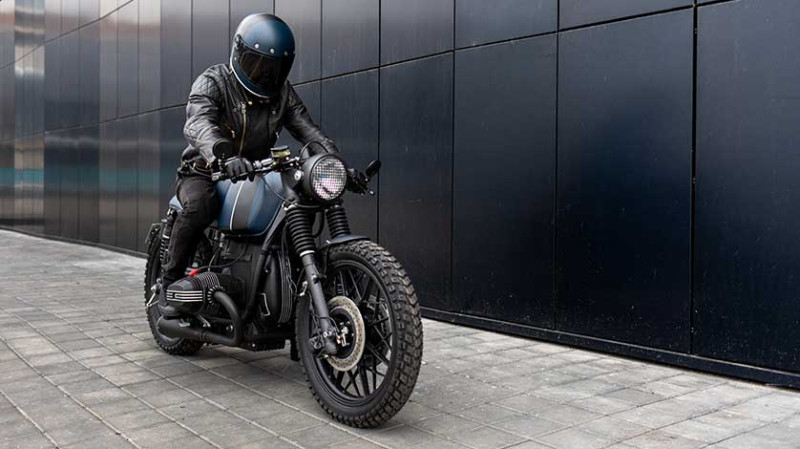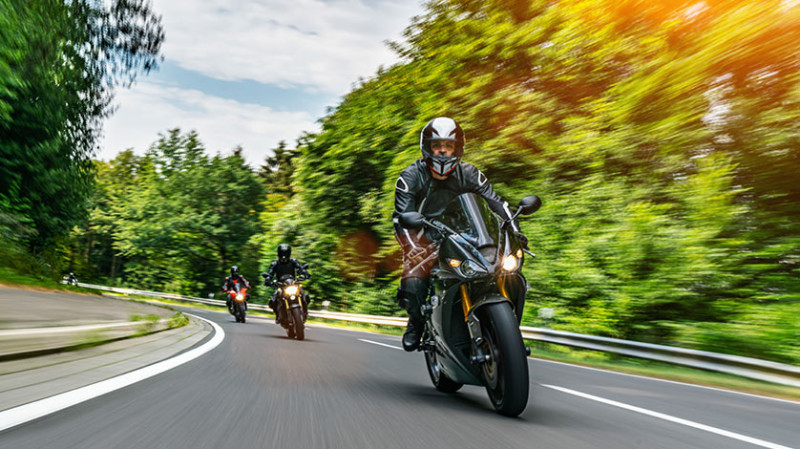
If you’re considering two-wheeled freedom that takes you from dusty trails to urban jungles, you’re likely caught in the great debate: dual sport vs adventure motorcycles. Both offer thrilling rides, practical uses, and rugged style—but which one best suits your riding ambitions and lifestyle in the UK? Whether you're a young professional seeking weekend escapes, or a DIY enthusiast dreaming of the North Coast 500, choosing the right type of bike can radically boost your riding experience.
Let’s explore the features, differences, pros, and cons of dual sport and adventure motorcycles to help you hit the road—or trail—with confidence.
What Is a Dual Sport Motorcycle?
A dual sport motorcycle is designed to be street-legal while also capable of light to medium off-road riding. Think of it as a hybrid—off-road soul with on-road etiquette. These bikes are generally lightweight, nimble, and simple in design, making them ideal for riders who want to commute during the week and cruise through dirt trails on the weekend.
Typically, dual sport bikes are outfitted with long-travel suspension, higher ground clearance, and off-road-friendly tyres. They're excellent for greenlaning and light trail work around the British countryside. However, they tend to have smaller engines, usually around 250cc to 650cc, which makes them brilliant for beginners and those who value maneuverability.
While they can handle tarmac just fine, extended motorway rides might feel less than comfortable due to limited wind protection, a basic seat, and high-revving engines. But for those looking to mix fun with function—especially in rural UK regions—they're a compelling option.
What Is an Adventure Motorcycle?
Adventure bikes, often called ADV bikes, are built for long-distance touring and off-road capability combined. They're the SUVs of the motorcycle world—capable of tackling Welsh mountain passes and Scottish highlands, but equally at home cruising the M25 or slicing through traffic in Birmingham.
These bikes are comparably bigger, heavier, and more powerful than dual sports. Engine sizes typically range from 650cc up to 1300cc, giving them strong highway performance, comfortable cruising speed, and impressive load capacity for luggage and two-up riding. If you're looking to do some serious world or intercontinental travel, adventure bikes are the go-to choice.
Some popular examples include the Honda Africa Twin, BMW GS Series, and Triumph Tiger line—all capable of doing it all, with modern tech like ABS, riding modes, heated grips and cruise control. But with size and complexity comes price—these machines are usually more expensive upfront and carry higher maintenance costs.
That said, if your dream is to ride from Cornwall to the Alps over a fortnight, this is your steed.
Main Differences Between Dual Sport and Adventure Bikes
Here’s a breakdown of how these two categories compare in key areas critical to UK riders:
| Feature | Dual Sport | Adventure |
|---|---|---|
| Weight | Lighter (120–160kg) | Heavier (200–270kg) |
| Engine Size | 250cc–650cc | 650cc–1300cc |
| Off-Road Capability | High | Moderate |
| Comfort on Road | Moderate | High |
| Fuel Range | Typically Shorter | Long Touring Range |
| Maintenance Costs | Low | Higher |
| Price Point | Under £7,000 | £9,000+ |
Which Bike Is Right for You?
Your ideal motorcycle depends on your riding habits, experience level, and future goals. Dual sport bikes are fantastic entry points, especially if you live near picturesque British trails or narrow B-roads. With ease of maintenance and affordability, they’re well-suited to younger riders, students, or part-time urban explorers.
If you primarily ride locally and occasionally fancy a camping trip in the Peaks or Lake District, a dual sport could handle all of that—without breaking your bank. They’re also easier to handle when dropped (and let’s be honest, that happens when off-roading).
On the other hand, adventure bikes thrive in versatility and comfort. Planning a UK to Spain road trip? Need to carry a tent, sleeping bag, and a dog carrier? ADV bikes have the power and comfort to smooth out long journeys across motorways and rugged landscapes alike.
Maintenance and cost are considerations too. If you're not keen on getting hands-on for repairs, dual sports have an edge due to their mechanical simplicity. However, modern adventure bikes require less frequent maintenance—though services can be pricier.
UK Riding Conditions and Terrain Considerations
Living in the UK offers unique challenges. Narrow, often wet, country roads can be thrilling or treacherous depending on your bike. Dual sports are narrow and agile enough to handle slippery village lanes and lanes covered in moss or leaves. They're perfect for popping over styles and exploring byways legally.
Adventure bikes, while bulkier, shine on longer hauls and are adept at rougher terrain, especially if fitted with gravel-ready tyres. Tarmac-heavy commutes through city centres or lengthy motorways from London to Edinburgh are more comfortable on an ADV bike, thanks to their superior weather shielding and relaxed ergonomics.
The Verdict: Which One Is Better?
There’s no clear-cut winner—it truly depends on your personal riding style and priorities. If affordability, urbane flexibility, and accessible off-roading top your list, then a dual sport might fit the bill. For those chasing cross-country glory and longer saddle time, adventure bikes provide the ergonomics and gear capacity you’ll need.
Many UK riders ultimately own both: a smaller dual sport for local pleasure rides, and an ADV bike for holidays or serious touring. As you evolve as a rider, your needs might shift too—make your first choice smarter by thinking about how and where you’ll ride 80% of the time.
Popular Dual Sport and Adventure Bike Models in the UK
Here are some well-loved models available in the UK that consistently earn praise:
Popular Dual Sport Bikes:
- Honda CRF300L
- KTM 690 Enduro R
- Yamaha WR250R
- Royal Enfield Himalayan (borderline ADV, very light and agile)
Popular Adventure Bikes:
- BMW R 1250 GS
- Triumph Tiger 900
- Kawasaki Versys 1000
- Honda CB500X (entry level ADV)
- Yamaha Ténéré 700
Final Thoughts
Whether you're designing your life around weekend off-road thrills or cross-continent adventures, your choice between a dual sport or adventure motorcycle matters. Both biking styles offer different strengths, and the good news is: neither is wrong.
Match your motorcycle to your typical use, budget, and future goals—and you’ll find your perfect two-wheeled companion. And remember, whether in the Surrey Hills or the Highlands, the open road is just the beginning.

